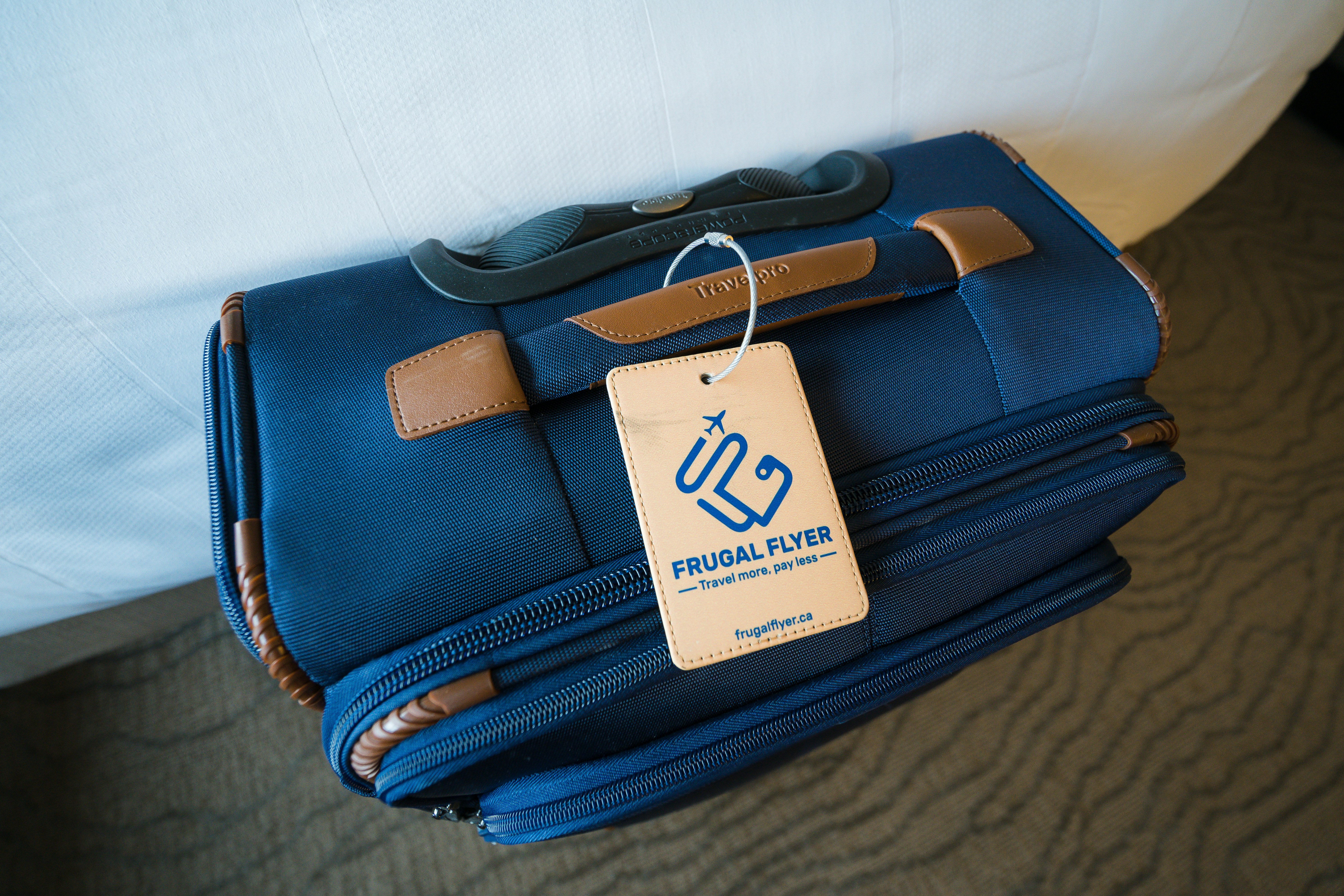
You’ve probably been fantasizing about that South African safari for years. But now you’re staring at flight options wondering, “When should I actually book this thing?”
The wrong timing can mean soggy game drives or tourist crowds thicker than Cape Town fog. But hit South Africa during its sweet spots? That’s when the magic happens.
I’m about to walk you through the best time to visit South Africa. It will depend on what actually matters to you. Is it perfect weather, wildlife spotting, or stretching your rand as far as possible?
And just between us? There’s one month most travel sites won’t recommend that might actually be perfect for your specific adventure…
Understanding South Africa’s Diverse Climate Zones
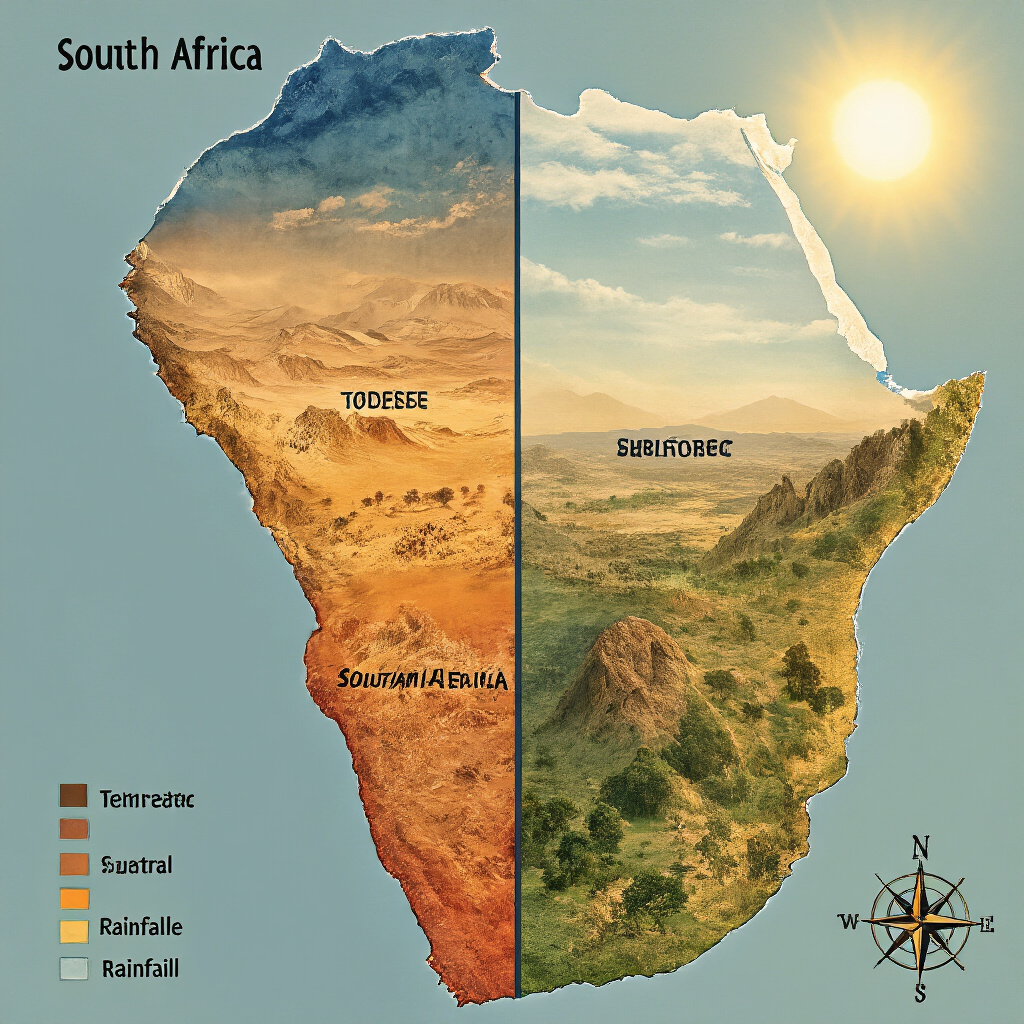
Coastal areas: Mediterranean vs subtropical influences
South Africa’s coastline spans over 2,500 kilometers with dramatically different climate patterns. The western Cape coast around Cape Town? Pure Mediterranean vibes. Hot, dry summers and mild, wet winters make December through February absolutely perfect for beach days and wine tours.
Flip to the eastern KwaZulu-Natal coast, and you’re in subtropical territory. Durban and surrounds stay warm year-round with humid summers and rainfall that peaks between November and March. The ocean temperature? Swimmable pretty much anytime, unlike the icy Atlantic waters of the west.
Here’s the coastal breakdown:
| Region | Climate Type | Best Time to Visit | Ocean Temperature |
|---|---|---|---|
| Western Cape | Mediterranean | Nov-April | Cold year-round |
| Eastern Cape | Transitional | Oct-April | Cool to moderate |
| KwaZulu-Natal | Subtropical | May-September | Warm year-round |
Interior plateaus and their distinct weather patterns
The vast interior plateaus of South Africa tell a completely different weather story. The Highveld region including Johannesburg sits at 1,500m above sea level, creating a unique climate that surprises most visitors.
Summers (November-February) bring afternoon thunderstorms that roll in like clockwork. The temperature swings are wild – blazing hot days can quickly turn into cool evenings. Winters? Bone-dry with crisp, sunny days and freezing nights. June and July mornings regularly dip below freezing.
The Karoo plateau is even more extreme – scorching summer days over 40°C (104°F) followed by drastically cooler nights. This stark continental climate means spring (September-October) and autumn (April-May) offer the most comfortable visiting conditions.
Desert regions and their seasonal considerations
The northwestern corner of South Africa houses the Kalahari and Namib desert regions. These aren’t your stereotypical sand dune deserts (though you’ll find plenty of those too).
The Kalahari transforms dramatically with the seasons. During summer rains (December-March), parts burst into surprising greenery. Winter (June-August) brings bone-dry conditions with bitterly cold nights but gloriously sunny days.
Wildlife viewing is actually best during the driest winter months when animals concentrate around water sources. But if you’re after those spectacular desert blooms? Then timing is everything – usually August to October following good rains.
Mountain ranges and their impact on local climate
South Africa’s mountain ranges create fascinating microclimates that can catch travelers off guard.
The Drakensberg range dramatically interrupts weather patterns. This creates a rain shadow effect. It makes the western sides significantly drier than the lush eastern slopes. These mountains can be hiked year-round, but summer brings thunderstorms while winter delivers occasional snow on the highest peaks.
The Cederberg mountains near Cape Town create their own weather bubble with scorching summer temperatures but potential snow in winter. Meanwhile, the Swartberg range cuts through the Karoo, creating distinct climate zones on either side.
Mountain weather changes rapidly no matter the season. A clear sunny morning can transform into dense fog or thunderstorms within hours. Always check local forecasts and pack layers when exploring South Africa’s highlands.
Peak Season (November to February): Summer Adventures
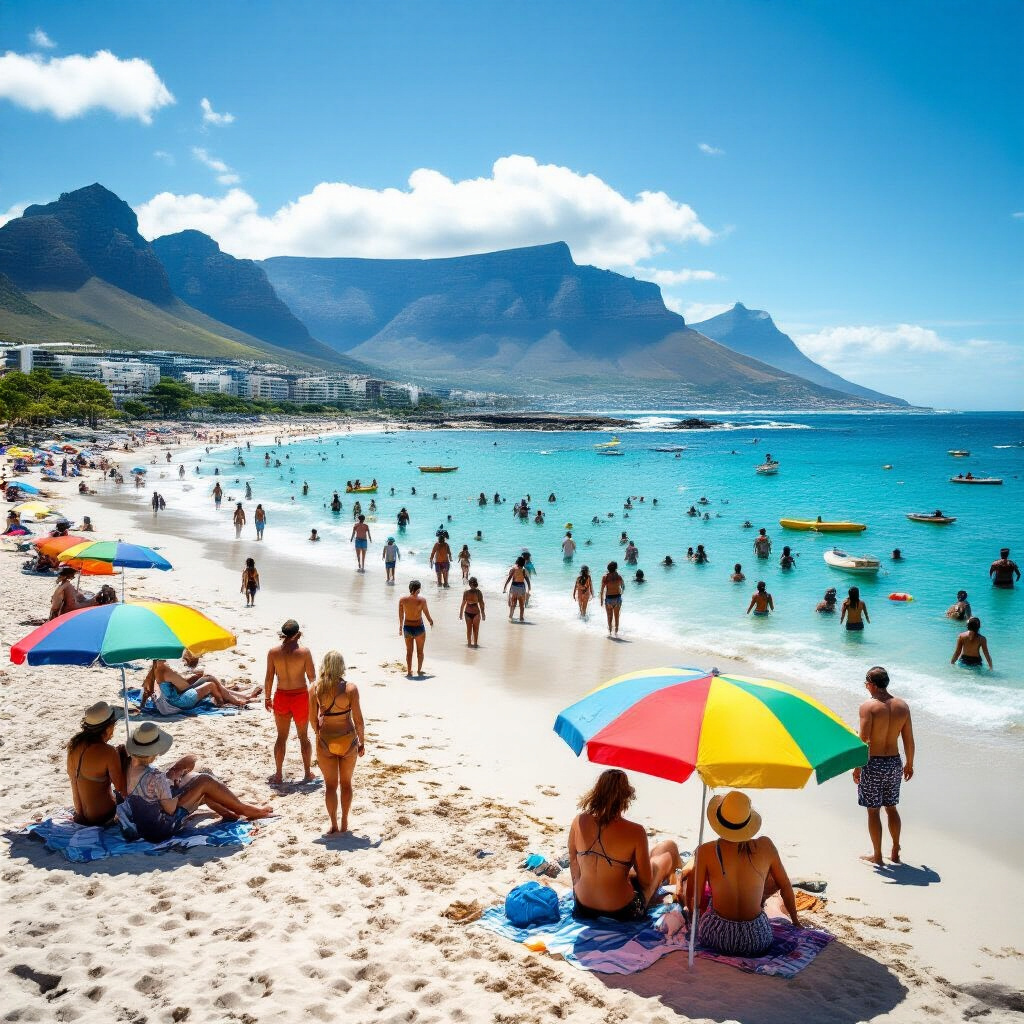
Wildlife viewing opportunities in national parks
South Africa’s summer brings the bush to life. November to February is when baby animals pop up everywhere – think adorable lion cubs and wobbly newborn impalas. Lush green landscapes might make spotting animals slightly trickier than in winter. However, the abundance of wildlife compensates for it.
Kruger National Park transforms completely during peak season. The vegetation grows thick and verdant after the rains, and watering holes aren’t as crucial for animal gatherings. But here’s the magic – bird watching hits its peak with migratory species making their grand entrance.
Morning game drives are your best bet. Animals are most active before the midday heat kicks in, and you’ll get amazing photos in that golden morning light.
Beach holidays along the coastline
The beaches are calling during South African summer! Cape Town’s beaches like Clifton and Camps Bay buzz with energy. They boast crystal blue waters such as Clifton and Camps Bay,,,ite sand. Plenty of beautiful people soak up the sun.
Durban’s Golden Mile offers warm Indian Ocean waters that stay comfortable even when the Atlantic side gets chilly. Perfect for swimming without that teeth-chattering cold shock.
For something quieter, the Wild Coast delivers untouched beaches where you might spot whales or dolphins playing in the surf. December brings perfect beach weather – hot days balanced by refreshing ocean breezes.
Vibrant city experiences during festive season
South African cities absolutely come alive during summer! Cape Town’s V&A Waterfront fills with street performers, markets, and outdoor concerts – all with that stunning Table Mountain backdrop.
Johannesburg transforms with festive markets, especially during December. The Neighbourgoods Market in Braamfontein pulses with local crafts, food, and live music that’ll have you tapping your feet.
New Year’s celebrations? Epic. From Cape Town’s waterfront fireworks to Durban’s beachfront parties, the energy is contagious.
Festive season also brings cultural events like the Cape Town Minstrel Carnival (Kaapse Klopse). It is a riot of color, music, and dancing. This event dates back to the 19th century.
Higher prices and crowd management tips
Peak season hits your wallet hard – no sugar-coating it. Accommodation prices jump 30-50% in popular spots, and you’ll need to book months ahead for the best places.
Skip the crowds by:
- Visiting national parks on weekdays
- Hitting beaches before 10am or after 4pm
- Booking restaurant reservations well in advance
- Exploring lesser-known gems like Paternoster instead of crowded hotspots
Consider shoulder season (October or March) for better deals while still enjoying great weather.
Weather patterns and what to expect
Summer in South Africa means heat – we’re talking 30-35°C (86-95°F) in many regions. Coastal areas stay more comfortable with sea breezes keeping things bearable.
Afternoon thunderstorms are common in the northeastern regions. They’re spectacular to watch but can interrupt outdoor plans. The upside? They clear quickly, leaving everything feeling fresh.
The Cape experiences dry, hot summers with occasional strong winds (locals call it the “Cape Doctor”). Pack accordingly – sunscreen is non-negotiable, and lightweight, breathable clothing is your friend.
Humidity levels vary dramatically by region. Durban feels tropical and sticky, while the Western Cape stays drier and more comfortable.
Shoulder Seasons (March-May & September-October): The Perfect Balance
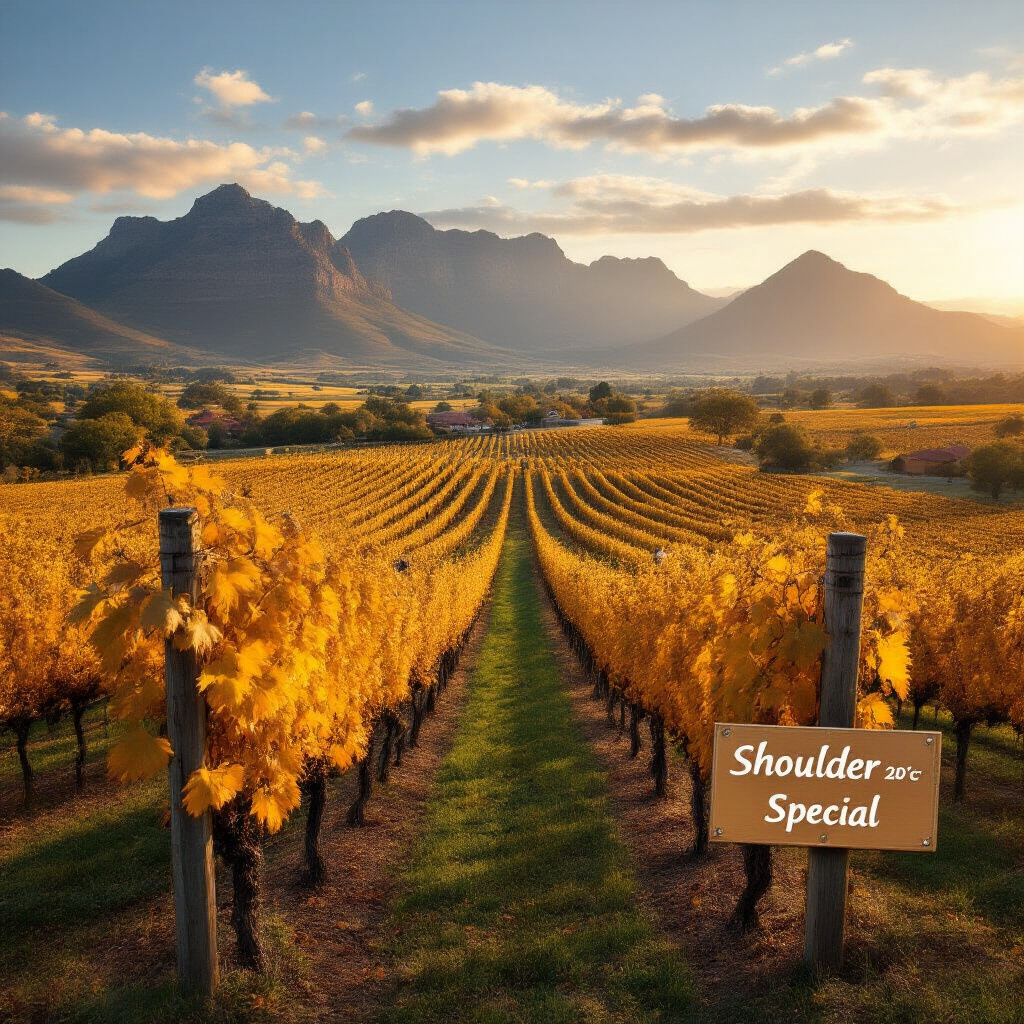
Mild temperatures ideal for diverse activities
South Africa’s shoulder seasons hit that sweet spot weather-wise. Not too hot, not too cold – just perfect for whatever adventure you’ve got planned. You can comfortably explore Kruger National Park without melting in the scorching summer heat. You can hike Table Mountain without freezing your fingers off.
March to May brings autumn colors to the Cape Winelands, making wine tours absolutely magical. The temperatures hover around 15-25°C (59-77°F), perfect for both morning safaris and afternoon beach strolls in the same day.
September and October offer spring blooms in Namaqualand and the perfect climate for whale watching along the coast. Want to mix wildlife viewing with city exploring? These months let you do it all without weather getting in the way.
Reduced tourist crowds at major attractions
Peak season crowds? No thanks. During shoulder seasons, you’ll have breathing room at places like Cape Point and Robben Island. Imagine taking photos at Boulders Beach with just a few penguins as company instead of battling selfie sticks.
Game drives become more intimate experiences too. Your safari vehicle won’t be one of twenty surrounding a single lion. Tour guides have more time for your questions. You’ll get those reservation slots at top Cape Town restaurants without booking weeks ahead.
Cost savings on accommodations and activities
Your wallet will thank you. Accommodation prices can drop by 20-40% compared to peak season. Many luxury lodges offer “stay 3, pay 2” deals during these months.
Flight prices dip too, leaving you with more cash for experiences rather than just getting there. Even safari packages and guided tours come with discounts, sometimes up to 30% off high season rates.
Spectacular natural phenomena unique to these periods
March-May brings the incredible sardine run along the east coast. Billions of sardines create a feeding frenzy. This phenomenon attracts dolphins, sharks, and birds. It’s like watching a live nature documentary.
September-October transforms parts of the Northern Cape into a carpet of wildflowers – Namaqualand’s flower season is a photographer’s dream.
The whale watching in Hermanus peaks in October when southern right whales come close to shore with their calves. Visit Kruger in September. The dry conditions mean it’s easier to spot wildlife. Animals gather around the remaining water sources.
Winter Season (June to August): Hidden Advantages
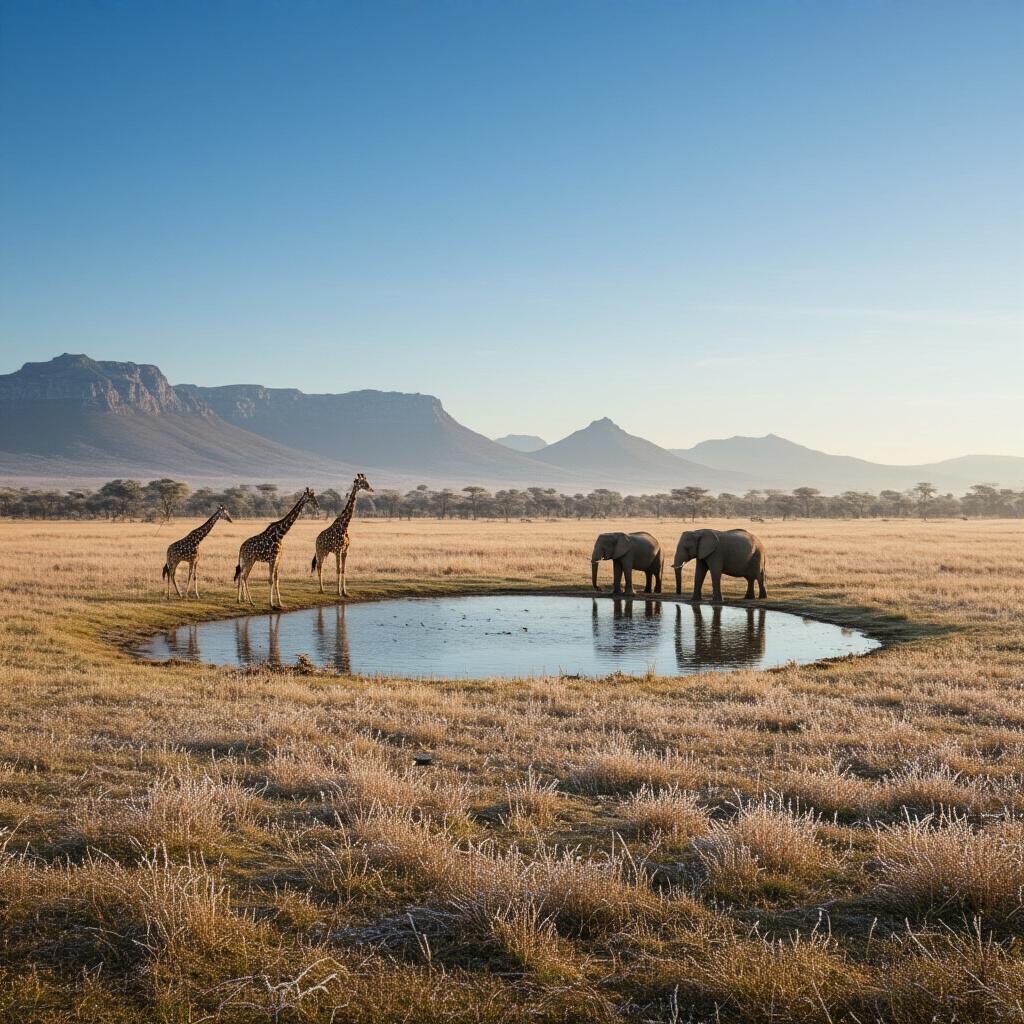
A. Prime whale watching along the coast
Winter in South Africa brings an extraordinary spectacle to its coastlines. The giants of the ocean include southern right whales, humpbacks, and Bryde’s whales. They swim close to shore during their annual migration. You can spot them breaching and tail-slapping. They show off in locations like Hermanus (the whale watching capital), Plettenberg Bay, and False Bay.
Got your binoculars ready? The cold waters of the Atlantic become a playground for these magnificent creatures. Unlike summer when you might catch a fleeting glimpse, winter offers daily sightings that’ll leave you speechless.
B. Excellent big game viewing in safari parks
The dry winter months are safari gold. Vegetation thins out, waterholes become magnets for wildlife, and suddenly those elusive predators have nowhere to hide.
Kruger National Park transforms during winter. Animals gather near the remaining water sources. These spots create natural viewing points. You might see lions, elephants, and buffalo all in one place. The bonus? No summer downpours to interrupt your game drive and fewer mosquitoes buzzing around.
C. Snow experiences in Drakensberg Mountains
Yes, snow in Africa! The Drakensberg Mountains dress in white during winter, creating postcard-perfect landscapes. Sani Pass and Cathedral Peak become winter wonderlands. You can hike through snow-dusted trails or cozy up by a crackling fire in a mountain lodge.
The crisp mountain air and clear winter skies make for spectacular photography opportunities. Pack those warm clothes and discover a side of South Africa most tourists never see.
D. Lower rates and special winter packages
Winter equals savings. Hotels, safari lodges, and tour operators slash their prices by up to 40% during these quieter months. Many places offer “stay 3, pay 2” deals or throw in free activities to sweeten the deal.
Flights cost less, attractions are less crowded, and you won’t need to book months in advance. Your rand stretches further, meaning you can upgrade your experience or extend your stay without breaking the bank.
Regional Timing Considerations
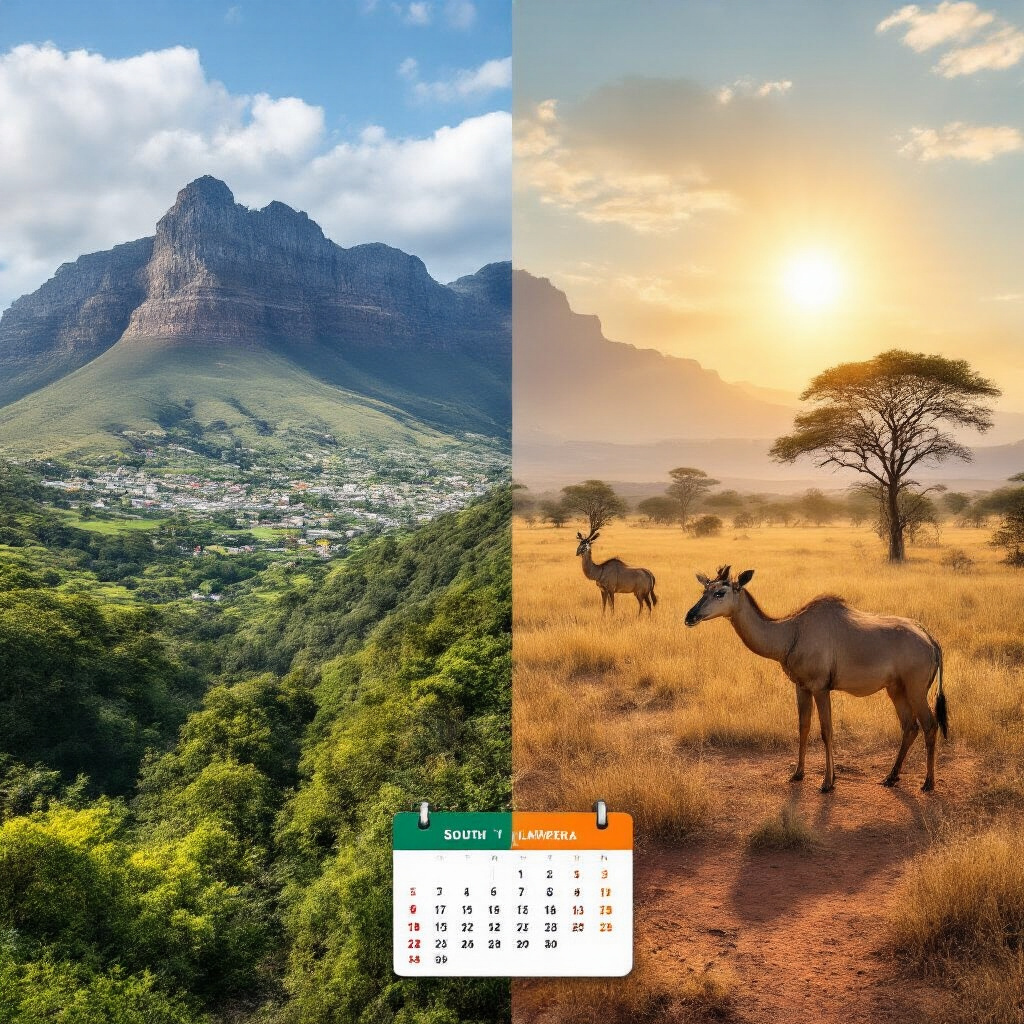
A. Cape Town and the Western Cape’s unique timing
Cape Town dances to its own seasonal rhythm. December through February? That’s peak summer madness with perfect beach days but packed waterfront restaurants and sky-high prices.
The sweet spot? March to May and September to November. You’ll catch comfortable temperatures around 70°F, dramatically fewer crowds, and prices that won’t make you wince. The famous Table Mountain cable car runs more consistently without those notorious summer winds shutting it down.
Wine lovers, listen up. February through April is harvest season in Stellenbosch and Franschhoek. The vineyards buzz with activity, and you can literally taste the freshest vintages being born.
B. Kruger National Park and safari destinations
Want to actually see those lions? Visit during dry winter months (May-September). The sparse vegetation and animals clustering around shrinking water sources make spotting the Big Five almost guaranteed.
Rainy summer months (October-April) transform Kruger into a lush paradise with newborn animals and migrating birds everywhere. But that thick vegetation makes game viewing trickier, and afternoon thunderstorms can wash out game drives.
For the ultimate safari hack, target the “shoulder months” of April/May or September/October. You’ll score lower rates, fewer vehicles at sightings, and still-decent wildlife viewing.
C. Garden Route optimal visiting windows
The Garden Route shines brightest between October and April. Summer months (December-February) deliver beach-perfect days, but accommodations in places like Knysna and Plettenberg Bay get booked solid months ahead.
The insider move? Visit in October/November or March/April. You’ll still the enjoy warm days for hiking in Tsitsikamma National Park. You can also go kayaking in Wilderness. There will be breathing room at restaurants and viewpoints.
Whale watchers should circle July through November on their calendars. Hermanus and the southern Garden Route coast become front-row seats to southern right whale migration.
D. Johannesburg and Pretoria urban experiences
These Highveld cities offer their best between September and November. Spring brings stunning jacaranda blooms that transform Pretoria’s streets into purple tunnels.
Avoid December through February unless you love afternoon thunderstorms that can flood streets and disrupt plans. The upside? These summer months bring vibrant outdoor markets and street festivals.
Winter (June-August) brings dry, sunny days but surprisingly chilly nights dropping to 40°F. Pack accordingly if you’re exploring Constitution Hill or the Apartheid Museum.
E. Coastal destinations and beach holiday timing
KwaZulu-Natal’s beaches remain swimmable year-round with water temperatures rarely dropping below 70°F, even in winter. Meanwhile, Cape beaches might look gorgeous in July, but that Atlantic water hovers around a hypothermia-inducing 55°F.
Durban and the North Coast shine from May through September with warm, dry days and minimal rainfall. Perfect for combining beach time with game drives at nearby Hluhluwe–iMfolozi Park.
The Wild Coast? April to May or September to October hits the sweet spot between summer crowds and winter chill.
Special Events Worth Planning Around
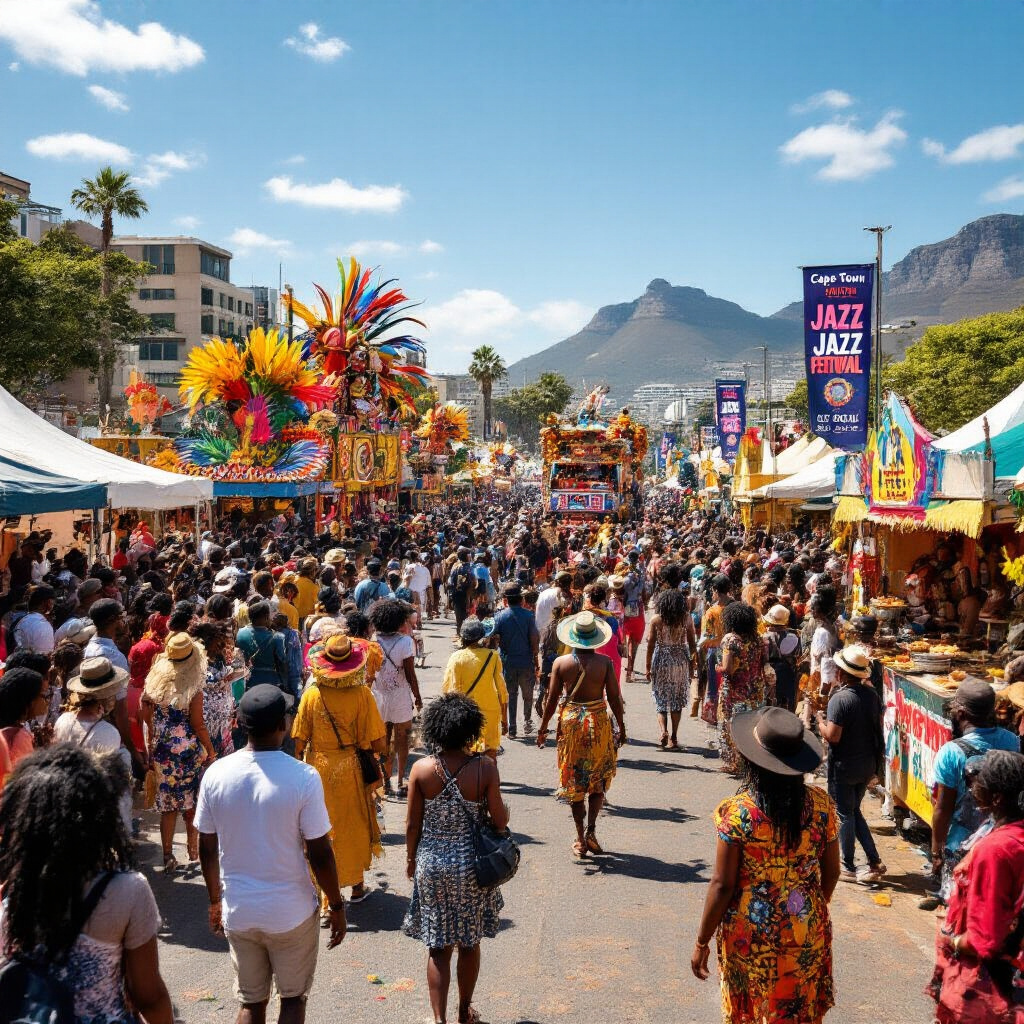
Cultural festivals that enhance your visit
South Africa’s vibrant cultural tapestry comes alive through its festivals. Catch the Cape Town International Jazz Festival in March or April. Global jazz legends jam alongside local talent. This event is nicknamed “Africa’s Grandest Gathering.”
Want something more traditional? The Zulu Reed Dance (Umkhosi woMhlanga) in September is a spectacular display of heritage. Thousands of young women present reeds to the Zulu king.
For art lovers, the National Arts Festival in Grahamstown (June/July) transforms the small university town into Africa’s largest arts festival. Think Edinburgh Fringe with African flair.
Foodies shouldn’t miss the Knysna Oyster Festival in July. Fresh seafood, wine tastings, and sporting events with that stunning lagoon backdrop? Yes please.
Sporting events drawing international crowds
Rugby fans, circle the Super Rugby season (February-July) on your calendar. The electric atmosphere at a Springboks match against major rivals is something you’ll never forget.
The Cape Town Cycle Tour in March draws over 35,000 cyclists from around the world. Even if you’re not riding, the party atmosphere along the route is infectious.
The Comrades Marathon (May/June) between Durban and Pietermaritzburg isn’t just a race—it’s a South African institution. The world’s oldest ultramarathon sees thousands tackling the brutal 90km course.
Natural phenomena with specific timing
The sardine run along the Wild Coast (June/July) is nature’s greatest migration show. Billions of sardines create a feeding frenzy that attracts dolphins, sharks, and birds in a spectacular underwater ballet.
Namaqualand’s flower bloom (August/September) transforms barren desert into a psychedelic carpet of wildflowers overnight. Trust me, your Instagram will explode.
For whale watching, Hermanus from June to November is unbeatable. Southern right whales come so close to shore you can watch them from coastal paths—no boat needed.
Practical Planning Considerations
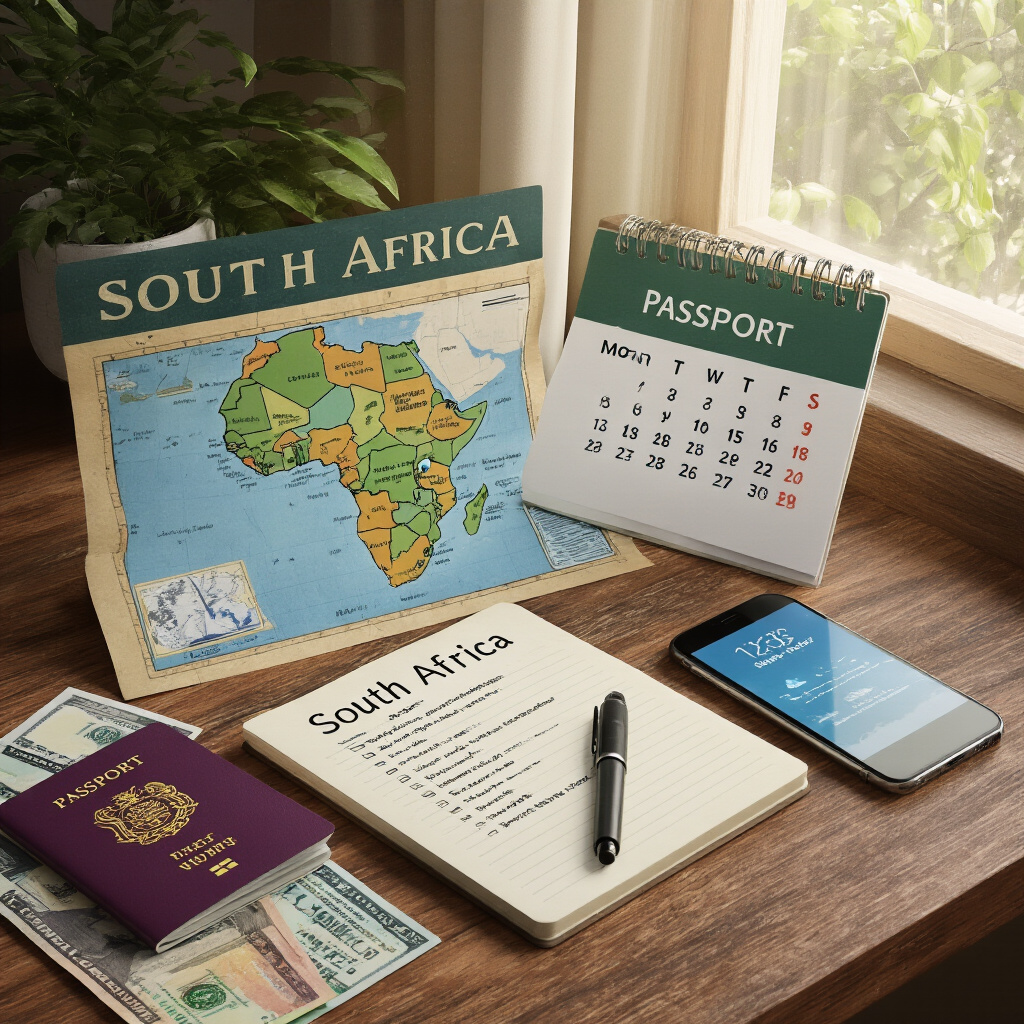
Booking Windows for Different Seasons
Planning a trip to South Africa? Timing is everything when it comes to booking your adventure.
For peak season (December-February), you’ll want to lock in accommodations and safaris at least 6-8 months ahead. Everyone wants to experience those perfect summer days, and prices jump by 30-40% if you wait too long.
Shoulder seasons (March-May and September-November) are a sweet spot. Book 3-4 months ahead. You’ll still have great options while snagging some decent deals.
Low season (June-August)? You can often get away with booking just 1-2 months before your trip. Hotels might slash prices by up to 50%, and you rarely need to worry about places being fully booked.
Weather-Appropriate Packing Guides
Summer visitors (December-February), pack light! Bring:
- Lightweight, breathable clothes
- High-SPF sunscreen (the African sun doesn’t mess around)
- Swimwear and a hat
- Light rain jacket for summer thunderstorms
Winter travelers (June-August) need layers:
- Warm jackets for morning game drives (it drops to 5-10°C!)
- T-shirts for midday when temps climb
- Sturdy boots for hiking
- Scarves and gloves for evenings
Spring/Autumn packers, the middle ground works:
- Mix of light and medium-weight clothing
- Convertible pants (from long to short)
- Light jacket for evenings
- Comfortable walking shoes
Health Considerations by Season
Summer brings mosquitoes, especially in the northeast. Malaria prophylaxis is recommended if you’re heading to Kruger or Mpumalanga. The heat can be intense, so dehydration is a real concern – drink more water than you think you need.
Winter is generally healthier – fewer insects, lower risk of water-borne illnesses, and comfortable temperatures for outdoor activities. Your biggest health concern might just be the occasional cold snap.
Spring visitors should watch for pollen allergies, particularly in September when everything blooms at once in places like Namaqualand.
Transportation Options Throughout the Year
Summer’s busy roads mean rental cars should be booked weeks in advance. Domestic flights between major cities often sell out, especially around holidays.
Winter offers the best road-trip conditions. There is less traffic. The temperatures are cooler. Wildlife viewing is better when animals gather around water sources. It’s prime time for self-driving the Garden Route or exploring Kruger.
During shoulder seasons, the Baz Bus (hop-on-hop-off service popular with backpackers) runs more limited schedules but is less crowded. Private shuttles between popular destinations offer flexibility year-round but book up quickly during whale-watching season (July-November).
The Gautrain (high-speed rail in Johannesburg/Pretoria) and MyCiti bus in Cape Town operate consistently all year. This makes city exploration straightforward regardless of when you visit.

The diverse landscapes of South Africa offer unique experiences throughout the year, with each season presenting its own distinct advantages. Summer is ideal for vibrant wildlife viewing and offers beach-perfect weather. The shoulder seasons provide comfortable temperatures. There are fewer crowds at significantly lower prices. Even winter, often overlooked, rewards travelers with exceptional safari opportunities and dramatic scenery.
Your ideal time to visit ultimately depends on your priorities. You want to see the spectacular wildflower blooms of spring. You also join in cultural events. Another option is maximizing your budget. Whenever you choose to explore this remarkable country, plan carefully around regional climate differences.
Consider special events to make sure you experience the very best of South Africa’s natural beauty, wildlife, and cultural heritage. Start planning your South African adventure today and discover why this destination truly offers something magical in every season.



